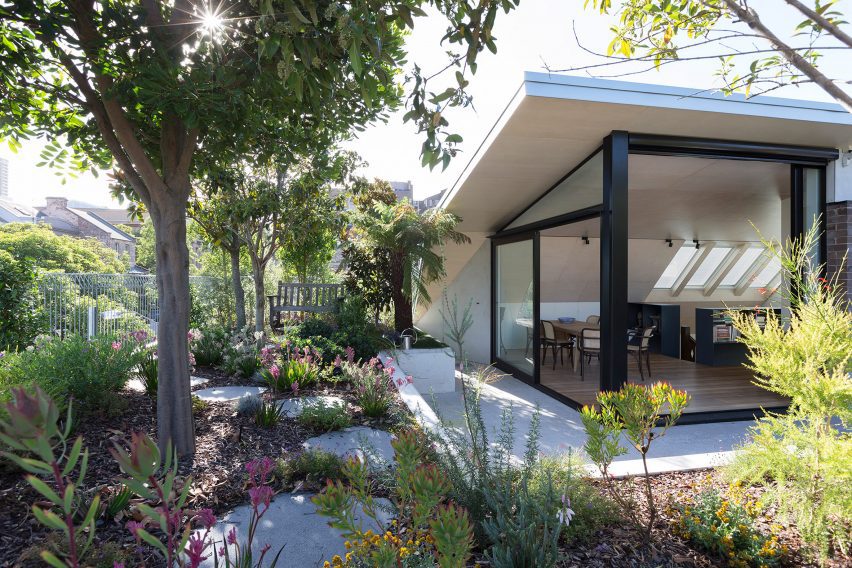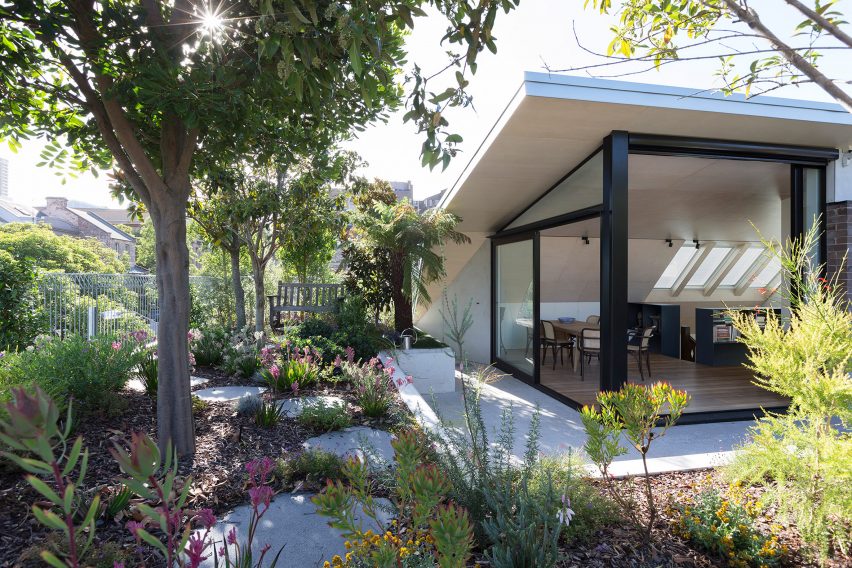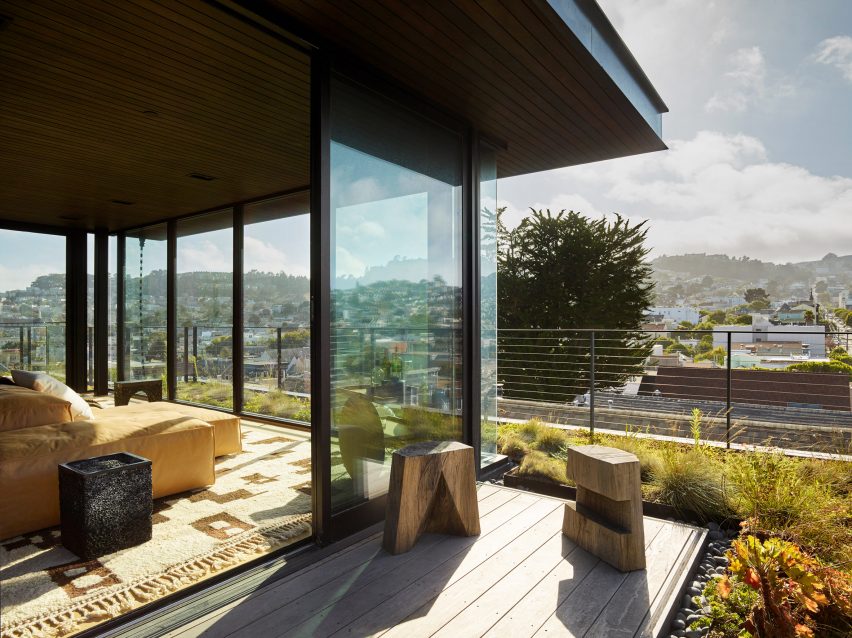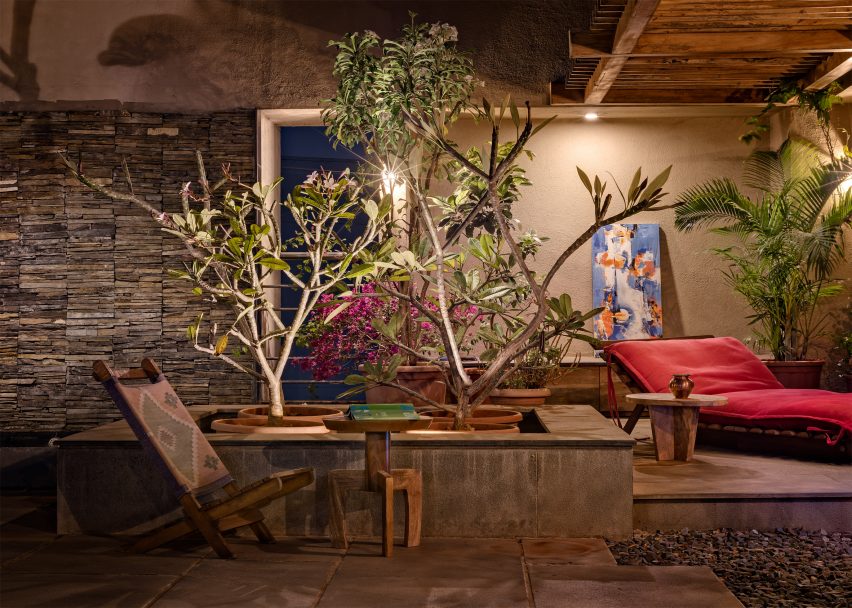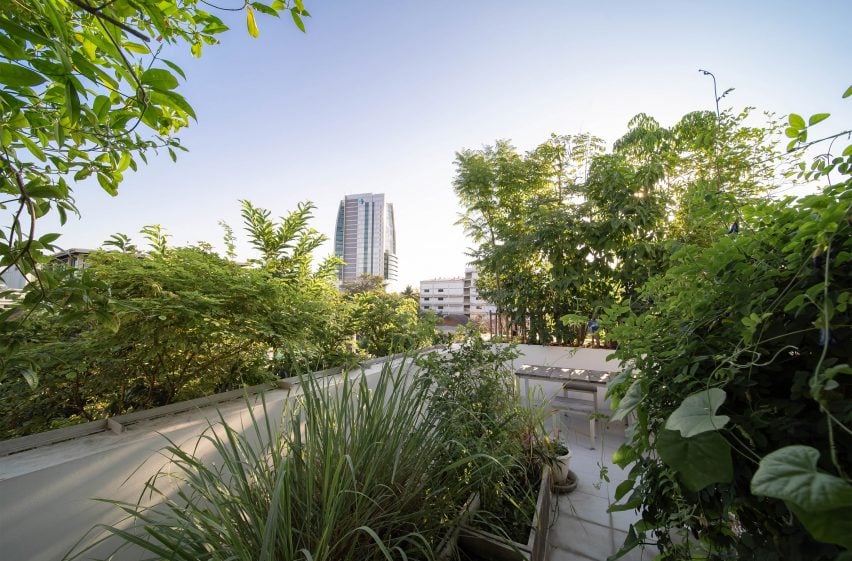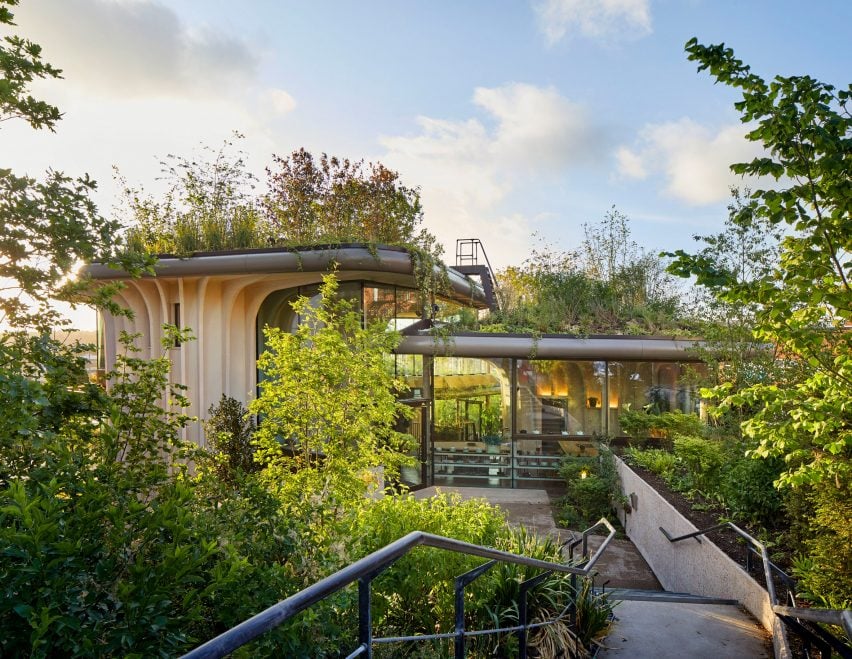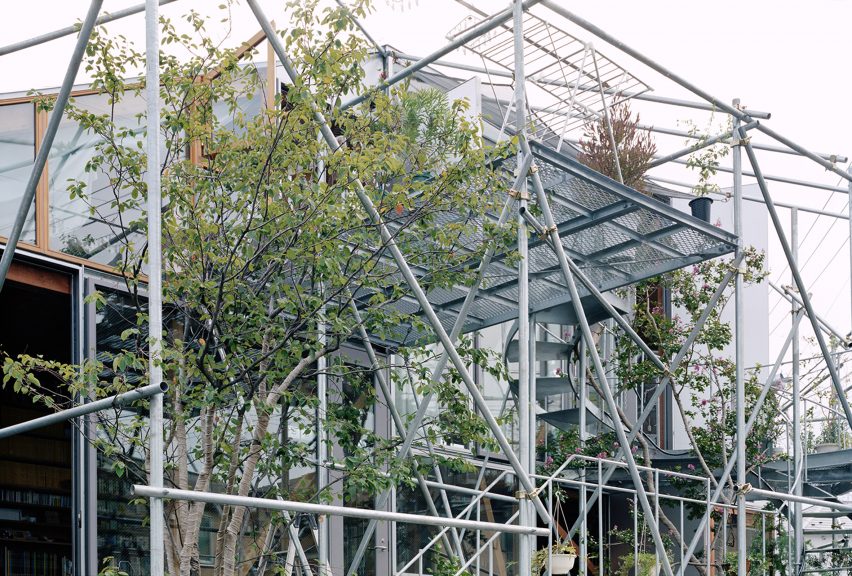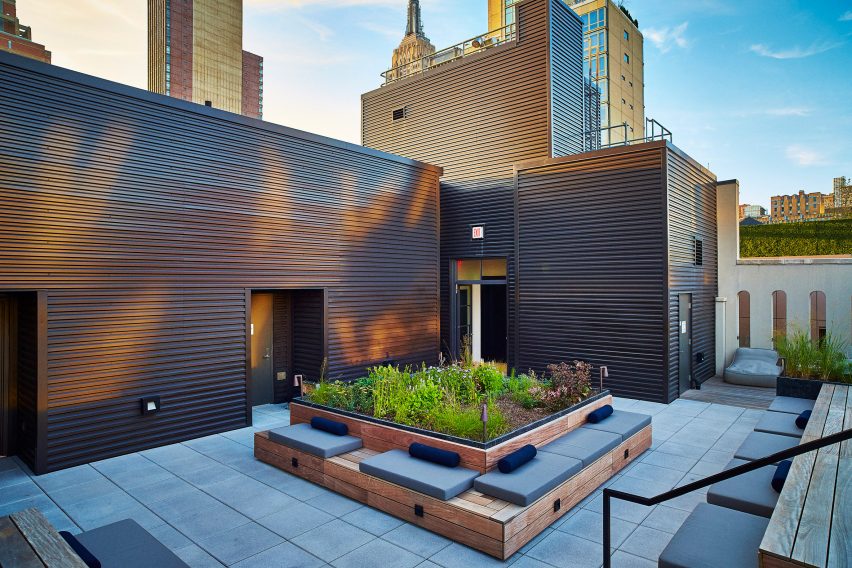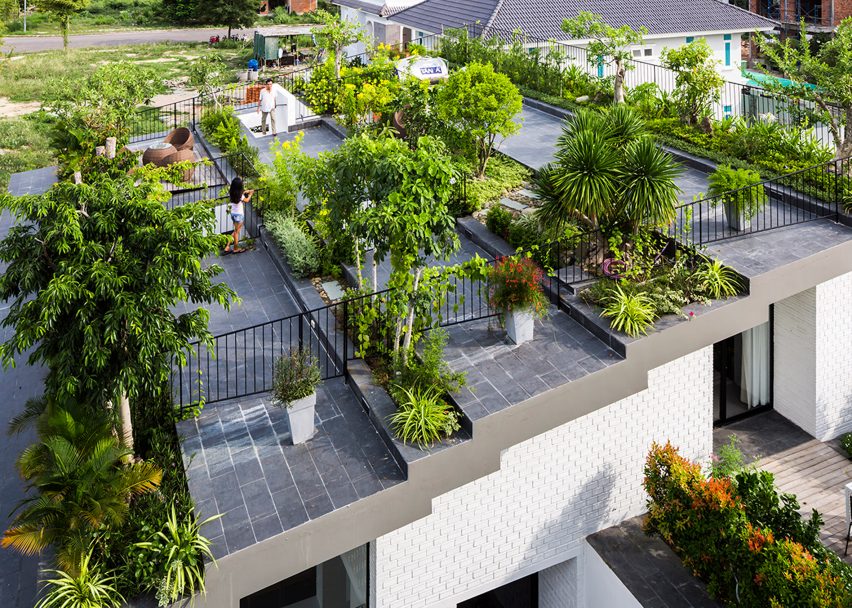“The hollowness of Architects Declare should serve as a warning”
Climate network Architects Declare has failed to live up to its ambitions and now represents a cautionary tale about setting sustainability commitments, writes Chris Hocknell.
After all the press releases, announcements, and LinkedIn posts it has become clear that four years on from its launch, Architects Declare is collecting dust. Speaking from experience of working with hundreds of architecture firms, I can tell you that the number that have loudly signed up to the climate network and yet are demonstrably not implementing or even properly advocating its agenda on live projects is startlingly high.
The so-called green transition is the most important industrial issue of our generation. When crucial climate-target commitments slowly die, so do our chances of decarbonising our economies. The failure of Architects Declare shows us that for true progress to be made we need realistic, achievable and accountable target-setting processes that cut across industries.
What emerged as a positive movement appears to have become a damp squib
Architects Declare certainly made waves when it was established as the UK architecture industry’s response to the climate crisis in May 2019. Among many similar networks emerging across sectors, it was particularly high-profile and ambitious. Sustainability specialists were impressed, if a little sceptical at its scale and boldness.
Its lofty aims included commitments to “establish climate and biodiversity mitigation principles as the key measure of our industry’s success: demonstrated through awards, prizes, and listings” and to “advocate for faster change in the industry towards regenerative design practices and a higher government funding priority to support this”.
The movement received more than 1,274 signatories from firms in the UK, and has now hit 7,000 signatories in 23 countries across the globe.
We were embedded in Architects Declare from the beginning, hosting an event where we encouraged studios to get involved and offering surgeries for technical queries about achieving the aims. But after that much-heralded birth, what emerged as a positive movement combining some of the key players in the industry appears to have become a damp squib.
Some saw the high-profile departures of Zaha Hadid Architects and Foster + Partners from Architects Declare amid a row over their work on airports as evidence of signatories failing to honour their commitments.
But I believe that for true progress to be made in decarbonising the entire economy, companies need to collaborate across sectors instead of refusing to work on airports and other infrastructure projects haphazardly deemed to be high carbon. Practices like Zaha and Fosters should proudly work with these projects. Airports aren’t going away, so we need architecture firms to work alongside them and get them ready for low- or zero-carbon operation in the coming years.
Far more concerning are the countless firms that have waxed lyrical about their “bold new ambitions” and commitment to Architects Declare online while quietly continuing with business as usual.
Many of the commitments included within declarations often simply fall outside of an architecture firm’s direct control, dependent on clients further up the food chain. Architects know this well, as it’s the first reason they give you if you ask them whether they’re honouring their Architects Declare commitment (try it at your next design team meeting).
Failing to meet targets undermines faith and discourages others from taking collective action
For example, the ambition to “include life-cycle costing, whole-life carbon modelling, and post-occupancy evaluation as part of the basic scope of work, to reduce both embodied and operational resource use” requires a specialist appointment and the inclination to utilise these disciplines into the project.
Especially for post-occupancy evaluation, which occurs after the development has been completed and potentially sold, and there will be no architecture firm involved. Achieving these commitments requires the engagement of developers, specialist designers and managers.
Similar is the commitment to “accelerate the shift to low embodied carbon materials in all work”. It is certainly true that progressively shifting specifications towards lower embodied carbon materials can reduce the carbon footprint of the construction industry significantly over time, as well as driving desperately needed innovation in the development of new, low-carbon materials and processes.
However, a non-trivial number of material specifications and construction systems are not made by architectural companies, and architects make that point abundantly clear when asked about the low-carbon material commitment.
Signatories may well argue that government inaction is the root cause for the programme’s stalling. Architects Declare sought government funding to support the shift to “regenerative design practices”. Yet we must understand that ultimately it is developers who build, not governments.
Governments simply cannot regulate net-zero into existence. While next-generation, low-carbon materials are in development, they are not yet commercially available. Many developed nations still suffer from a housing and infrastructure shortage, and mandating low-carbon buildings without the supply side of the equation would only exacerbate this crisis. It is not reasonable to simultaneously masquerade as an agent of change whilst passing the buck to the government. Decarbonisation is, and will always be, a symbiotic effort between the public and private sector with each actor playing their own part.
Here lies a cautionary tale for climate commitments, especially in the run-up to the controversial COP28 conference. While bold and splashy commitments may make for impressive LinkedIn posts, failing to meet those targets undermines faith in the power of commitments and discourages others from taking the collective action required to effect real change.
My lessons would be as follows: climate commitments must be realistic and actionable. Honest introspection about one’s capacities should be a precursor to setting bold targets. Many of the ambitions set out by Architects Declare are simply too big for architects alone to achieve. If Architects Declare was really intended to be a lobbying group or awareness-raising campaign with actions optional, then that should have been made clear from the off.
The architecture profession now stands out by the breadth of the shortfall between its words and its actions
As it is, the architecture profession now stands out by the breadth of the shortfall between its words and its actions. From my experience the average company in other construction professions are also only partially active in terms of sustainability, but they have not set out such ambitious targets and been so vocal about their commitment and devotion to the cause. This is not necessarily a question of the level of action per se, it’s about making big claims and failing to live up to them.
When it comes to climate-target setting, no commitment is often better than a failed one. Every empty climate pledge only erodes public trust in commitments, adding to a growing sense of fatigue, apathy, and helplessness in achieving a sustainable future. Sustainability is a marathon, not a sprint. It’s better to repeatedly achieve small carbon reductions from multiple compounding, unsexy, and hard-won optimisations than to make lofty promises that rely on the good graces of an aloof and unknown party.
The hollowness of Architects Declare should serve as a warning to the industry. To avoid eroding public trust and accusations of greenwashing, bold promises require concrete action. Otherwise, we may soon find ourselves asking: “what’s the point?”.
Chris Hocknell is director of UK sustainability consultancy Eight Versa.


